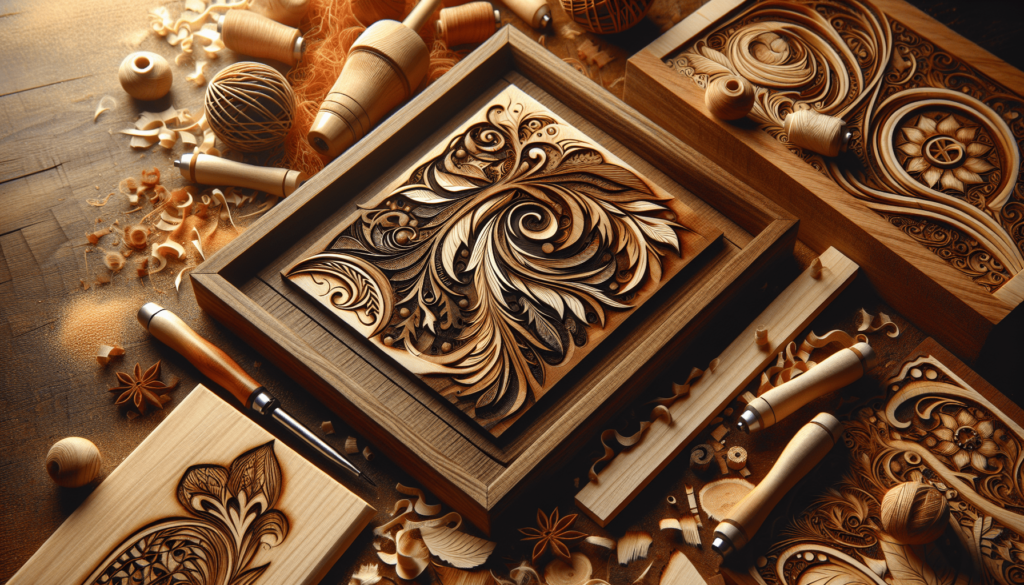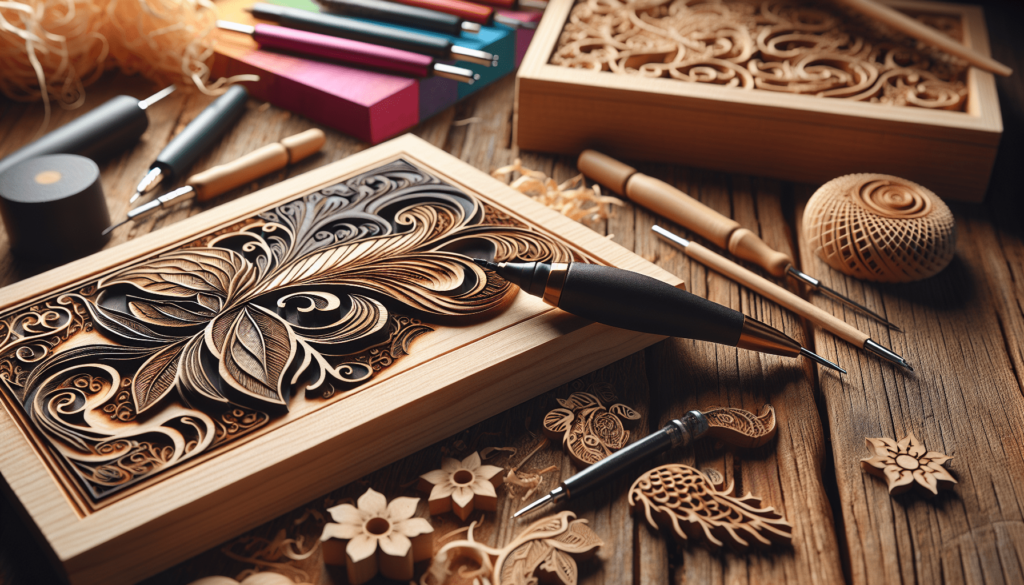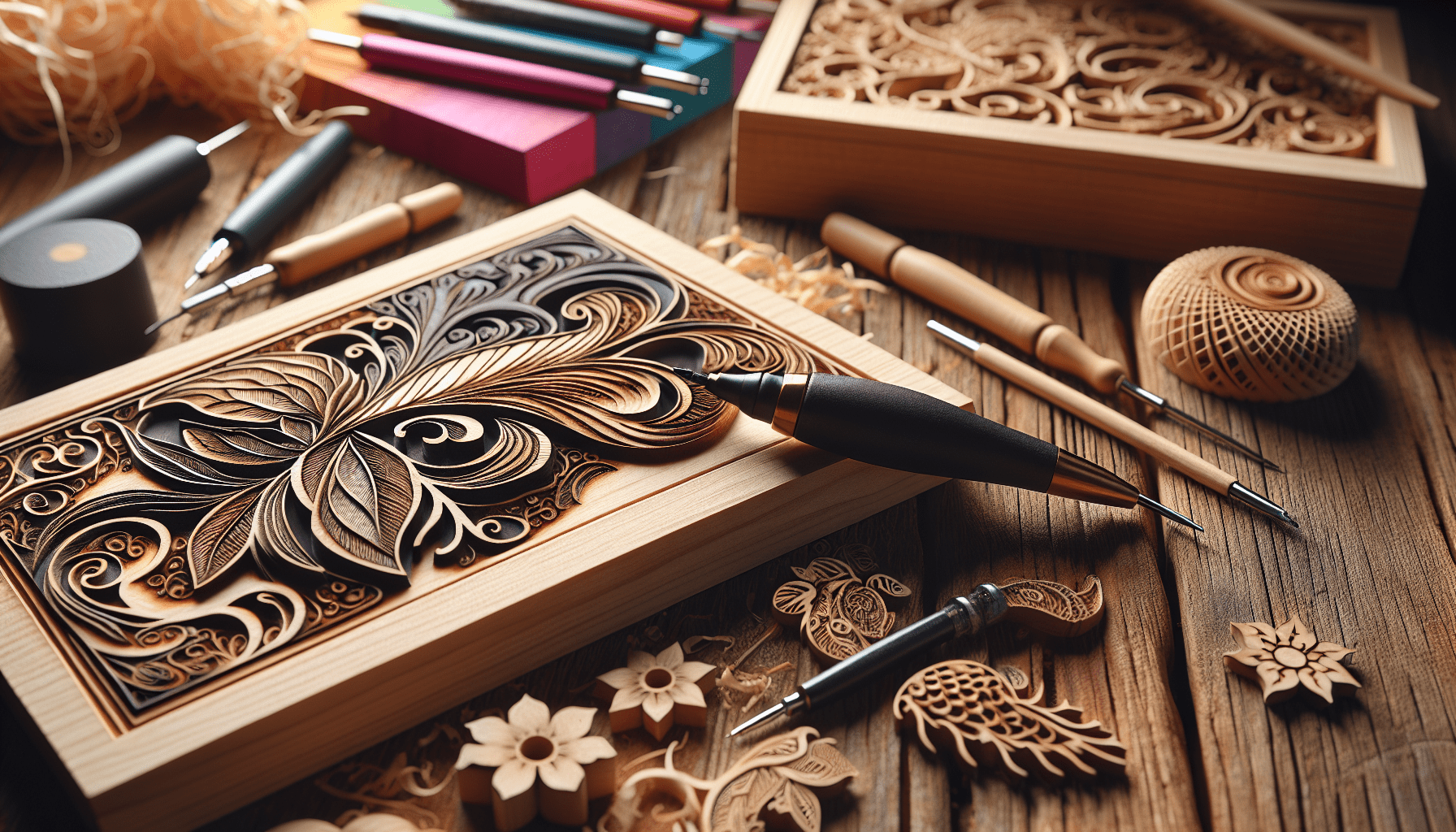Is wood burning a safe hobby? It’s a question I’ve found myself pondering more frequently these days. If you’re anything like me, the allure of crafting something unique and personal, from the comfort of your own home, is irresistible. Wood burning, or pyrography as it’s also known, has been gaining popularity for its versatility and sheer creative potential. But as we gather our tools and set our designs onto the grain, it’s prudent to consider the risks and rewards. Let’s get into the nitty-gritty of what makes wood burning both charming and potentially hazardous.
What Exactly is Wood Burning?
A Brief History
Wood burning has been around for centuries, with its roots stretching back to ancient civilizations. The technique was used in various cultures, ranging from the Egyptians to the Chinese, primarily for decorative purposes. Today, it’s an art form accessible to virtually anyone with a simple tool set and a bit of patience.
Tools of the Trade
Modern wood burning tools have come a long way from the rudimentary equipment of ancient times. These days, you have your pick between basic wood burning pens and more sophisticated pyrography machines. The essential supplies include:
| Tool | Description |
|---|---|
| Woodburning Pen | The basic tool, resembling a soldering iron, heats up and allows you to burn designs onto wood. |
| Pyrography Machines | Advanced, versatile machines that offer various tips and settings for finer details. |
| Safety Equipment | Gloves, goggles, and masks to protect you from heat, debris, and fumes. |
Materials You Can Use
Though wood is the star of the show, other materials can also be used in wood burning:
| Material Type | Notes |
|---|---|
| Soft Woods | Easier to work with but can produce more smoke and fumes. |
| Hard Woods | Usually offer better results but require more skill and hotter tools. |
| Leather | Provides a unique texture and is becoming increasingly popular. |
| Paper | Special pyrographic paper allows for more intricate designs but is less common. |
Safety Concerns: The Inherent Risks
Fire Hazards
The most obvious risk when playing with fire is, well, fire itself. Wood burning involves high temperatures, and a moment’s lapse in attention can have serious consequences. Always have a fire extinguisher or at least a bucket of water nearby.
Toxic Fumes and Particulates
Burning wood releases fumes that can include toxic substances like carbon monoxide, volatile organic compounds (VOCs), and particulates. If inhaled, these can cause respiratory issues and other long-term health problems. Always work in a well-ventilated area, and consider wearing a mask designed to filter out fine particles.
Electric Shock
Wood burning tools are electrical and, therefore, carry a risk of electric shock. Always make sure to use tools with grounded plugs and inspect cords for fraying or damage before each use. Unplug tools when not in use to avoid accidental activation.
Burns and Injuries
Handling a hot tool always carries the risk of burns. This is why it’s essential to always be aware of where the tip of your tool is and avoid placing it on flammable surfaces when it’s still hot. Using proper hand protection can help minimize this risk.

Best Practices for Safe Wood Burning
Choosing the Right Equipment
Opt for high-quality tools with reliable safety features. Look for models with temperature control settings, insulated grips, and automatic shut-off features. Investing in good equipment may cost more upfront but will pay off in safety and ease of use.
Setting Up a Safe Workspace
Establish a well-ventilated, clutter-free area dedicated to your wood burning projects. Ideally, this space should be away from children and pets. Have a dedicated workstation with all your safety equipment and tools within reach.
Personal Protective Gear
Wear gloves, goggles, and a mask suitable for filtering out fine particles. You might feel like you’re gearing up to enter a hazardous zone, but your lungs will thank you for it. Leather or heat-resistant gloves offer better protection from accidental contact with the hot tool.
Proper Handling and Storage
Always unplug your wood burning tools after use and store them in a safe, dry place out of the reach of children. Ensure the tools have cooled down completely before storage to avoid any fire risk.
How to Minimize Inhalation Risks
Ventilation is Key
Invest in a good ventilation system if you’re planning to make wood burning a regular hobby. A simple fan may suffice for occasional projects, but for more frequent work, a fume extractor is advisable.
Choosing Safer Materials
Opt for woods that produce fewer fumes, such as those without treatments or glues. Always avoid burning wood that has been painted, stained, or pressure-treated.
Respiratory Protection
Wearing a mask specifically designed to filter out fine particulates can significantly reduce the inhalation of harmful substances. Don’t cheap out on this; your respiratory system is worth the investment.
Breaks and Fresh Air
Step outside for regular breaks to give your lungs a breath of fresh air. It’s an easy way to clear your head and keep your health in check.

Health Implications
Short-Term Effects
Even brief exposure to wood burning fumes can cause headaches, dizziness, and nausea. If you experience any of these symptoms, it’s crucial to step outside and get some fresh air immediately.
Long-Term Effects
Continuous exposure to wood burning fumes without proper safety measures can lead to chronic respiratory issues, lung damage, or even cancer. Long-term effects are more severe for those with pre-existing conditions like asthma or allergies.
Allergic Reactions
Some people are more sensitive to certain wood types and can develop allergic reactions, including skin irritation and respiratory issues. If you notice any adverse reactions, discontinue use of that material immediately.
Psychological Benefits
On a more positive note, wood burning can be therapeutic. The focus it requires can help take your mind off daily stresses and provide a sense of accomplishment. It’s hands-on, and there’s something deeply satisfying about creating a tangible piece of art.
Alternatives to Traditional Wood Burning
Laser Engraving
If you’re concerned about safety but still want to achieve that burned wood look, laser engraving is a fantastic alternative. It offers precise, intricate designs without the hazards associated with manual wood burning.
Chemical Wood Burning
Opting for chemicals to “burn” wood might sound counter-intuitive, but some products on the market offer this. They contain agents that, when applied to wood, darken the surface and mimic the look of traditional wood burning.
Stamping and Branding
Stamping and branding irons can also be used to achieve similar artistic effects. This method involves heating a metal stamp and pressing it onto the wood, offering more consistency and less risk than traditional wood burning.
Final Thoughts: Is It Worth It?
So, is wood burning a safe hobby? It can be. With the proper precautions, the right equipment, and a responsible approach to safety, it is possible to mitigate most of the risks involved. It’s an activity that combines artistry, craftsmanship, and a touch of old-world charm. If you’re willing to invest the time to learn the safe practices and the money for quality tools and protective gear, then yes, it can be a highly rewarding and safe hobby.
In the end, the key is to balance creativity with caution. Happy burning!

